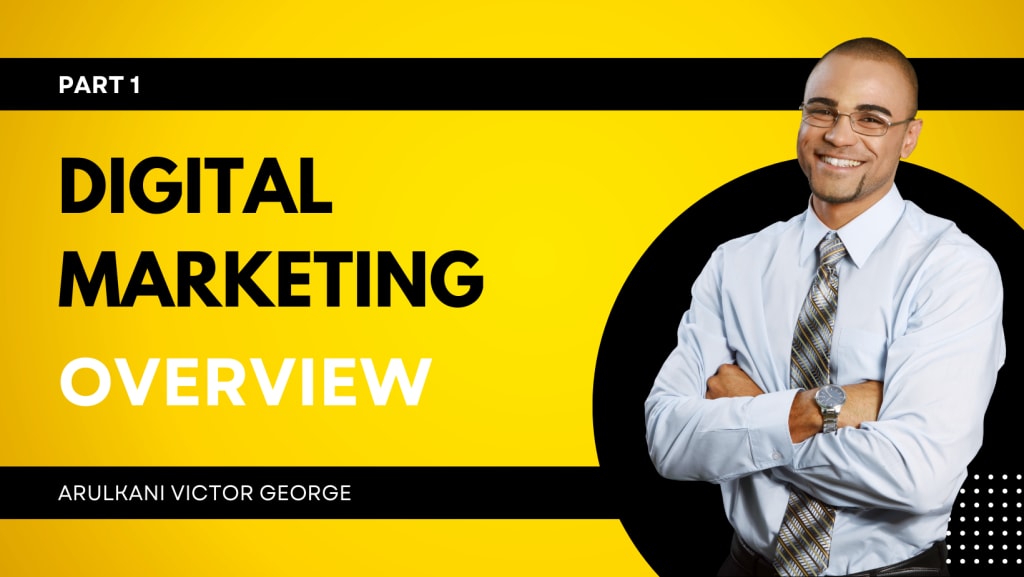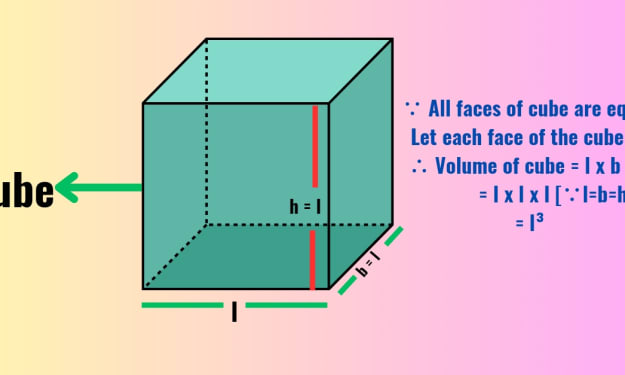Digital Marketing: Overview
Overview, different components and advantages

Digital marketing refers to promoting products, services, or brands through digital channels like search engines, social media, email, and websites. It aims to connect with target audiences and drive conversions, sales, and engagement.

Key components of digital marketing include:
Search engine optimization (SEO) - Optimizing websites to rank higher in search results.
Pay-per-click advertising (PPC) - Placing ads on search engines and websites, where the advertiser pays each time the ad is clicked.
Social media marketing - Promoting products and services through social media platforms like Facebook, Instagram, and Twitter.
Content marketing - Creating and sharing valuable content to attract and retain the target audience.
Email marketing - Sending promotional emails to a target audience.
Affiliate marketing - Promoting products or services through affiliates who receive sales commissions.
Digital marketing provides businesses with many benefits, such as increased brand visibility, targeted reach, improved customer engagement, and cost-effectiveness compared to traditional marketing methods. However, it also requires continuous monitoring and adaptation to keep up with the constantly changing digital landscape. To be successful in digital marketing, businesses must have a clear strategy, set goals, and measure their results to adjust and improve their campaigns.

Advantages of Digital Marketing over Traditional Marketing
Lower costs: Digital marketing is often less expensive than traditional marketing methods.
Measurable results: Digital marketing provides a clear way to track the success of marketing campaigns.
Greater reach: Digital marketing allows you to reach a larger audience than traditional methods, especially with global campaigns.
Targeted audience: Digital marketing enables you to target specific groups of consumers based on demographics, behaviors, and interests.
Increased engagement: Digital marketing often results in higher consumer engagement and interaction levels.
Real-time results: Digital marketing allows for real-time analysis and adjustment of campaigns, compared to traditional methods where results may not be available for weeks.

Search engine optimization (SEO)
Search engine optimization is a technique to optimize a website to increase its ranking in search engine results pages (SERPs). This is done by improving the website's structure, content, and other elements to make it more attractive to search engines and users. In addition, SEO aims to increase organic (non-paid) traffic to a website and improve its visibility in search results for relevant keywords and phrases.

Pay-per-click (PPC)
Pay-per-click (PPC) advertising technique is an online advertising model where advertisers/clients pay each time a user clicks on any of their online ads. Advertisers create ads, bid on keywords related to their product or service, and display their ads in search engines (e.g., Google) or websites that participate in advertising networks. When a user clicks on an ad, the advertiser pays the publisher (e.g., Google, website owner) a fee, hence the name "pay-per-click".

Social Media Marketing (SMM)
Social media marketing is a technique to promote a product, service, or brand on social media platforms like Facebook, Instagram, Twitter, LinkedIn, etc., to attract more followers, leads, and customers. This involves creating content that engages the target audience, running ads, and leveraging influencer marketing to reach a wider audience.

Content Marketing
Content marketing involves creating and sharing informative, educational, and/or entertaining content to attract, engage, and retain a target audience. Content marketing aims to build brand awareness, establish thought leadership, and drive customer action, such as purchasing a product or service. The content is often in the form of articles, videos, infographics, social media posts, email newsletters, and more. The key to successful content marketing is understanding the target audience and providing them with content that is relevant, valuable, and consistent.

Email Marketing
Email marketing is a direct digital marketing strategy that involves sending promotional, sales or informational messages to a group of people through email. The goal is to build relationships with potential or current customers and keep them updated on company news, products, and services, drive sales and build brand awareness. It involves collecting email addresses through opt-ins or other methods, segmenting the email list based on subscriber preferences, and sending targeted emails. Email marketing can be highly effective if executed well, but it also has the potential for spamming and oversaturation if done improperly.

Affiliate Marketing
Affiliate marketing is a technique to a performance-based marketing strategy where a company pays affiliates to promote and sell their products or services. The affiliates, also known as publishers, receive a commission for every lead generated or sold through their unique referral link. Affiliate marketing can be done through various channels, including websites, social media, email, and search engines. The success of affiliate marketing depends on the quality of the products or services offered, the effectiveness of the affiliates' promotion, and the ability to track and analyze the marketing campaign results.
About the Creator
Arulkani Victor George
Corporate Trainer | Instructional Designer






Comments
There are no comments for this story
Be the first to respond and start the conversation.